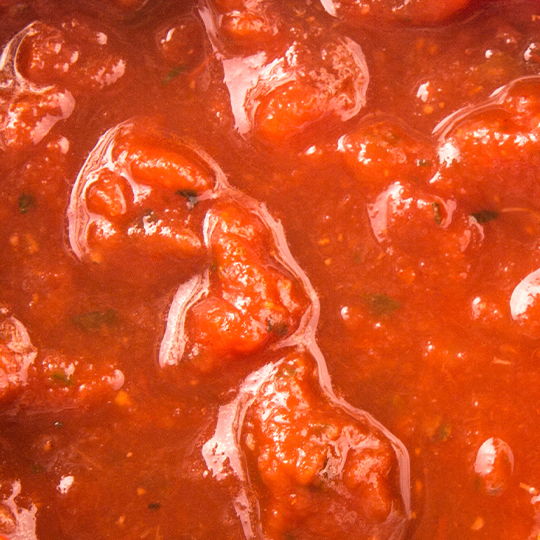
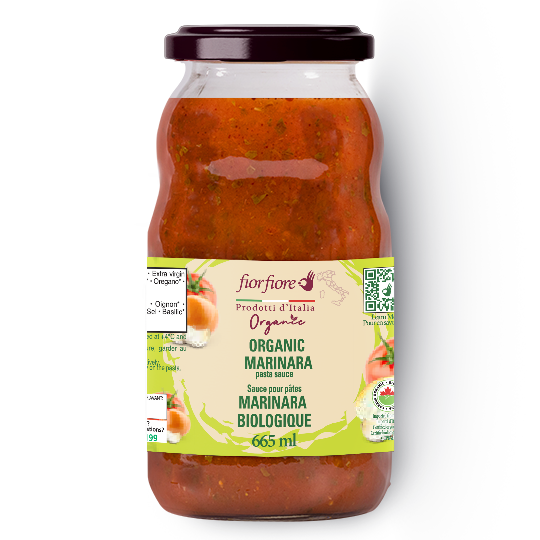

Organic Marinara Pasta Sauce
Marinara is a celebration of the bounty of Italian ingredients and we use the best organic tomatoes, extra virgin olive oil, onion, sea salt, garlic basil and oregano in this ready-to-go sauce! It’s a versatile accompaniment to add as a topping on pizza, pasta, sandwiches, and combined with other sauces for a custom taste.
Tomato sauce: the star in Italian everyday cooking
- Tomato sauce is an inevitable ingredient in traditional Italian cuisine. Prepared by slowly cooking the pulp of tomatoes in olive oil, it is the basis for meat ragout and full-bodied sauces, but also for fish dishes, soups and pizza, the queen. Tomato sauce is the main character in Italian cookbooks, together with olives, basil, ricotta, peppers, chili peppers and much more, when it comes to complementing a pasta dish.
- CONSERVATION TECHNIQUES: Brought to the Old World after the discovery of America, the tomato was not seen on tables until 1690, when it was found as "Pomadoro Salsa alla Spagnuola", in the cookbook of the Spanish Viceroy's court cook in Naples. At the time the tomato was used only fresh, squeezed or boiled to make some sauce to be used within a few days. In 1762, thanks to Lazzaro Spallanzani, conservation techniques were defined to preserve the cooked tomatoes in closed containers. This allowed their use all year round.
- FROM THE KINGDOM OF THE TWO SICILIES TO PARMA: We must wait until 1839 to find the tomato sauce paired for the first time with pasta as a condiment. With the unification of Italy, the northern regions of the country came to know about this succulent fruit, which had, by now, long been successfully grown in the former Kingdom of the Two Sicilies (today corresponding to the Regions of Campania, southern Lazio, Abruzzo, Puglia, Basilicata, Calabria and Sicily) and its wide use in the kitchen. Thus, in the city of Parma, in the region of Emilia Romagna, farmers started preserving tomatoes by drying them in the sun before turning them into sauce.
- THE EVOLUTION CONTINUES...: The preserving techniques are refined and extend to the present day enriching with the tasty variations proposed by Fior Fiore: tomato and basil, tomato and olives, tomato and ricotta and arrabbiata sauces.
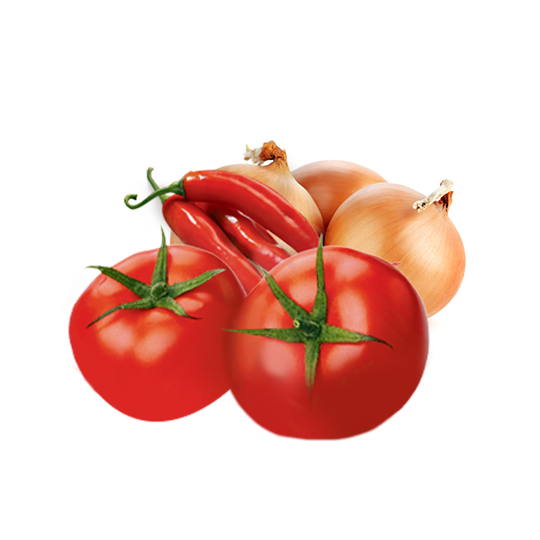
Ingredients
Tomato pulp*, Tomato paste*, Onion*, Extra virgin olive oil*, Garlic*, Cane sugar*, Salt, Basil*, Parsley*, Oregano*, Citric acid, Black pepper*.
*organic
Preparation
Remove the lid and heat in the microwave. Alternatively, pour the contents into a pan and heat over low heat. Pour directly on the pasta.
| Nutrition Facts | Per 1/2 cup (125ml) | %Daily Value* | Read more | |
|---|---|---|---|---|
| Calories | 70 | |||
| Total Fat | 2.5g | 3% | ||
| Saturated | 0.5g | 3% | ||
| Trans | 0g | |||
| Total Carbohydrate | 11g | |||
| Fiber | 3g | 11% | ||
| Total Sugars | 8g | 8 | ||
| Includes | 0g Added Sugars | 0% | ||
| Protein | 2g | |||
| Cholesterol | 0mg | |||
| Sodium | 840mg | 37% | ||
| Calcium | 30 | 2% | ||
| Iron | 0,75 | 4% | ||
| Potassium | 500 | 11% |
*5% or less is a little, 15% or more is a lot.
Tomatoes:
the king of Italian vegetables
Tomatoes first appeared in northern Italy in 1596, but only as an ornamental plant. It was the father of Italian botany, Pietro Andrea Mattioli, who is attributed to naming the fruit "pomo d'oro" (or golden apple).
The favorable climate of the south led to the production of tomatoes that were larger and bright orange-red in color. However, it wasn’t until the 18th and 19th centuries, especially after Italy was unified, that tomatoes cinched their spot in popular Italian cuisine.
You might also like...
Submit your review | |
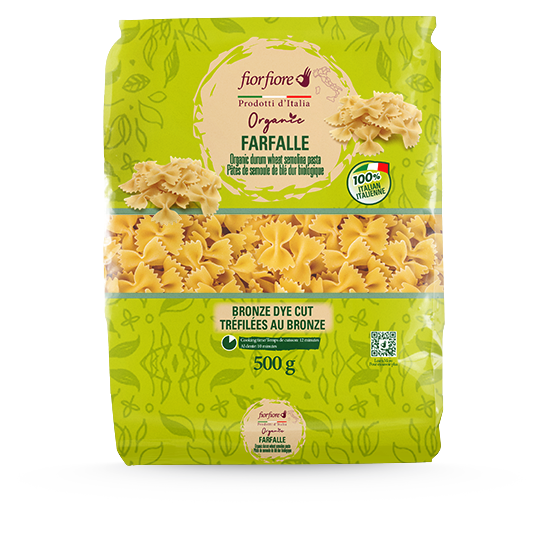
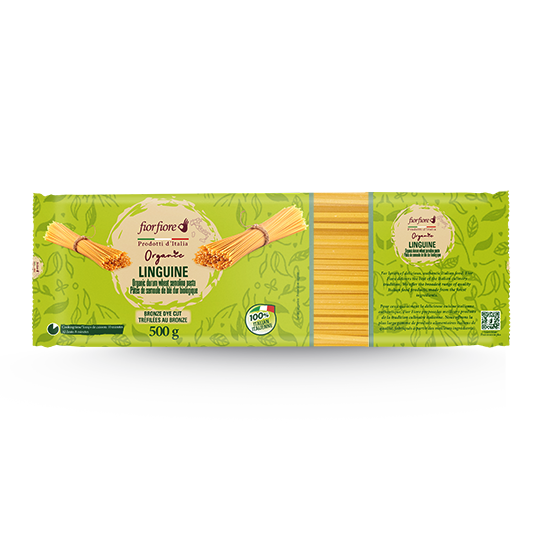
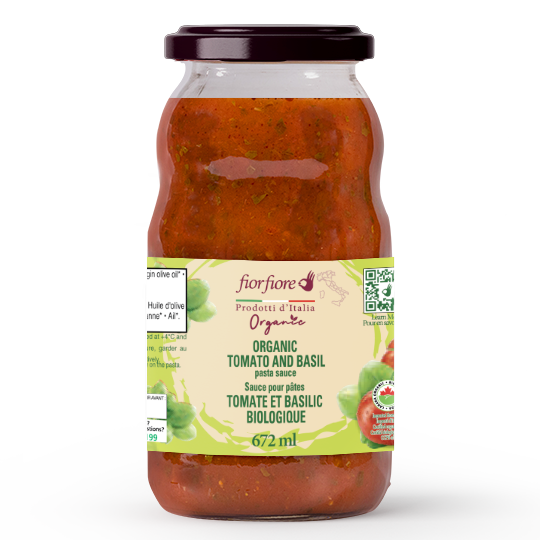
 FiorFiore USA
FiorFiore USA